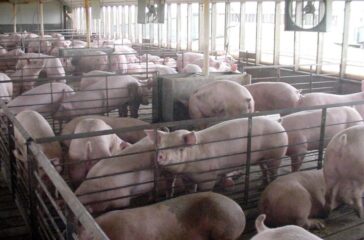New report sparks questions and controversy over possible causes for Iowa “cancer crisis”
By Keith Schneider
Amid increasing scrutiny of a potential link between Iowa farm chemicals and cancer, a new report is generating controversy as it blames rising cancer rates not on the toxins used widely throughout the state, but on something else entirely: binge alcohol consumption.
 EWG
EWG